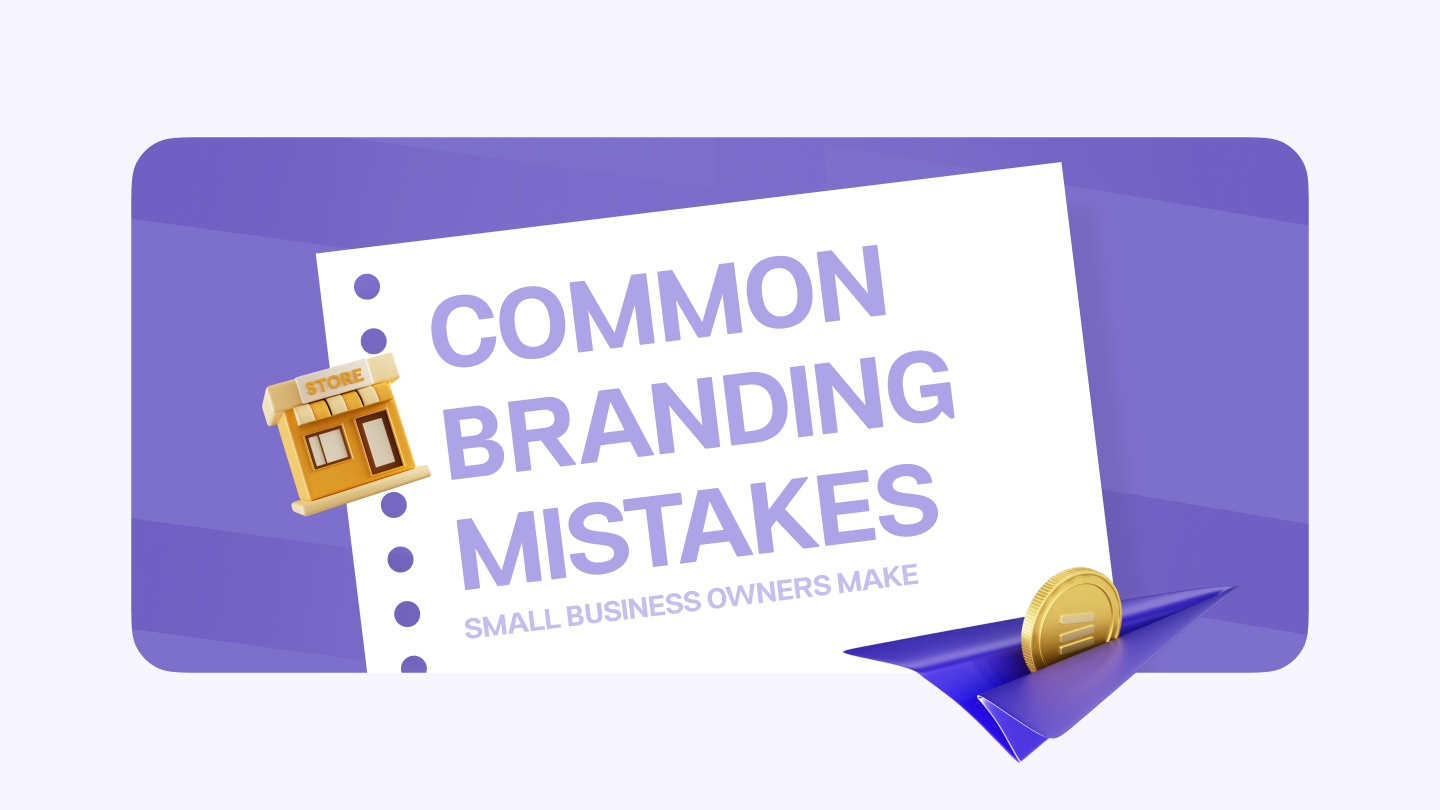5 Common Branding Mistakes Small Business Owners Make — And How to Fix Them

Running your business online doesn’t have to be complicated.
With Catlog, you can create a beautiful online store in minutes — no tech skills needed. Accept payments in multiple currencies, track orders, and manage your entire business from one app.
👉🏾 Create your store now and start selling with ease.
Branding isn't just your logo or colors, it’s the full experience people have with your business. And for small business owners, branding can be the make-or-break factor between blending in and standing out.
Do you want to know the truth? Many small businesses unknowingly make branding mistakes that hurt their credibility, confuse potential customers, or stunt their growth.
But here’s the good news: these mistakes are fixable.
In this blog post, I’ll walk you through five common branding mistakes you’re making and give you clear, practical steps to fix each one, so you can build a brand that not only looks good but also drive sales, builds trust, and keeps customers coming back.
1. Inconsistent branding across platforms
What you're doing wrong:
Your Instagram has one tone, your website has another, and your flyers use an entirely different logo. Sound familiar? This confuses potential customers and weakens your brand identity.
Inconsistency makes your business look unprofessional and forgettable. If customers can’t instantly recognize your brand wherever they see it, you're losing out on brand recall and trust.
How to Fix It:
- Create a simple brand style guide. Include your logo variations, brand colors, fonts, and tone of voice.
- Use the same visuals and language across your website, social media, packaging, and email.
- Tools like Canva, Notion, or Google Docs can help you organize and keep your team or yourself aligned.
2. Not defining a clear brand message
What you're doing wrong:
If someone asks what your business does and it takes you more than 10 seconds to explain, your brand message isn’t clear.
A confusing or vague brand message makes it hard for people to connect with you or refer you to others. People don’t buy what they don’t understand.
How to Fix It:
Define your unique value proposition (UVP) in one sentence. Here’s a simple formula you can use: “We help [who] solve [what problem] by offering [solution].”
- Be clear, simple, and benefit-driven. Avoid jargon.
- Use this message consistently in your bio, homepage, emails, and ads.
Example: Instead of saying “We offer digital solutions,” say “We help small businesses grow online through custom websites and content that converts.”
3. Ignoring your target audience
What you're doing wrong:
Trying to market to everyone? Then you're speaking to no one. A lot of small business owners skip defining their ideal customer, thinking it limits them.
Your content, offers, and brand voice won’t connect deeply with anyone if you ignore your target audience. Generic branding = forgettable business.
How to Fix It:
- Create a customer persona: age, interests, pain points, spending habits.
- Research what they care about. What do they search for? What keeps them up at night?
- Tailor your visuals, messaging, and content to speak directly to that audience.
4. Focusing too much on the logo (And ignoring the experience)
What you're doing wrong:
Spending weeks perfecting your logo but ignoring how your customers feel when they interact with your brand, whether online or offline, is brand suicide.
Branding is more than how it looks. It’s how it feels. The way your staff speaks, how fast you respond to messages, and how your packaging arrives—all of that is branding.
How to Fix It:
- Map out your customer journey and identify every touchpoint.
- Ask: “What experience do I want people to have with my brand?”
- Focus on creating a consistent, delightful experience—before and after the sale.
Branding isn't just visual, it's emotional. And emotional brands win.
5. Not Telling Your Brand Story
What you're doing wrong:
Thinking your business is "too small" or "too new" to have a brand story worth sharing.
People buy from people. A relatable story builds trust, loyalty, and emotional connection, which is what drives conversions.
How to Fix It:
Share why you started your business. What problem were you trying to solve? What inspired you?
- Highlight your values, your “why,” and even the struggles along the way.
- Use this story on your About Page, social media, and even in product captions.
A great brand story makes your audience feel like they're buying into a mission, not just a product.
Branding isn’t a one-time activity—it’s a living, evolving relationship with your customers. As a small business owner, you don’t need a fancy marketing team to build a strong brand. You just need clarity, consistency, and a deep understanding of who you're serving.
Avoiding these five common mistakes will put you miles ahead of many businesses still figuring things out. And when your brand starts to resonate with the right people? That’s when the magic (and the money) happens.
Found this helpful? Catlog is built to make selling online easy — from product uploads to payments, deliveries, and more.
Join thousands of small business owners already using Catlog to grow their brands.
Sign up and get started today.
